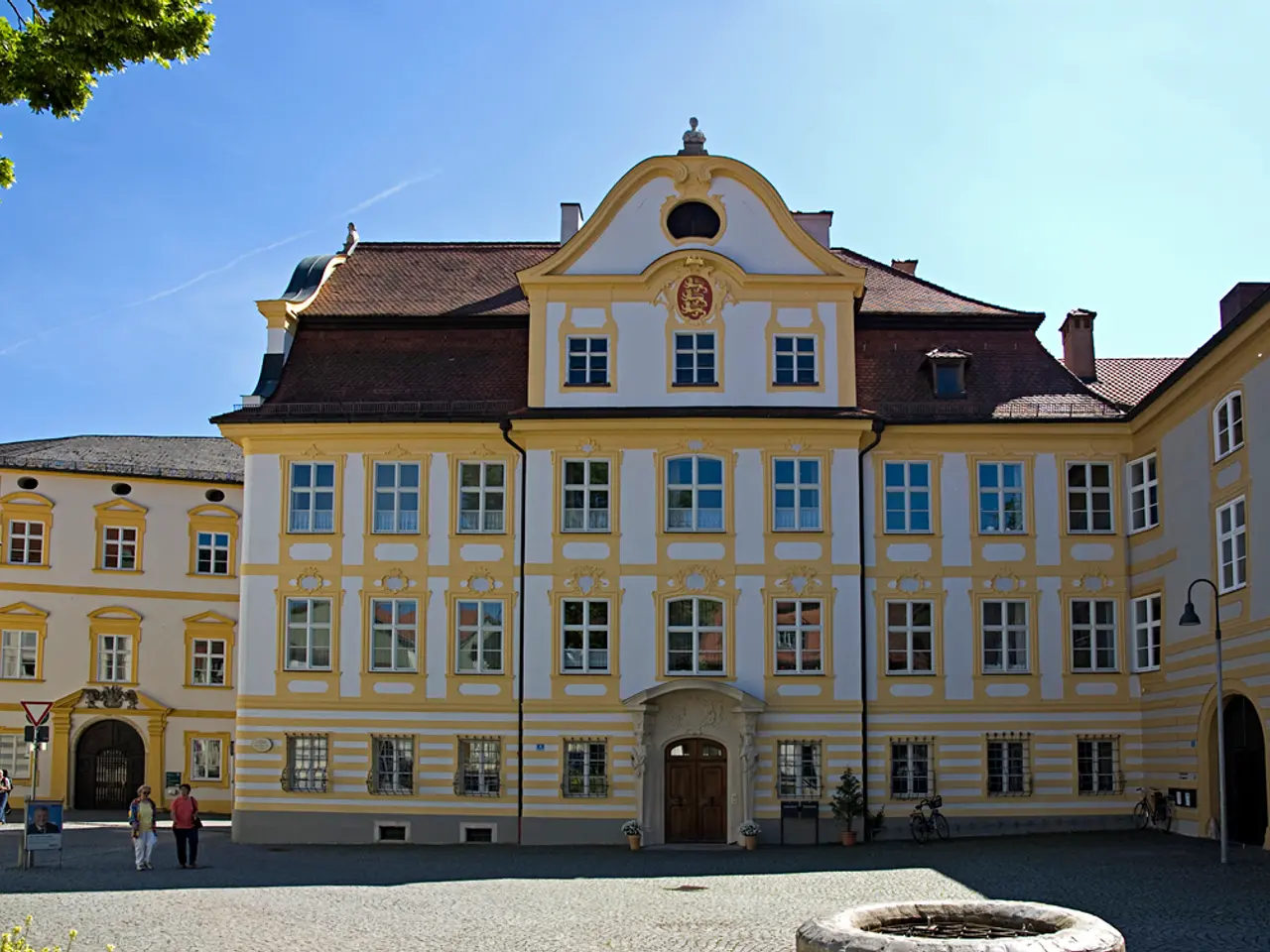Economic necessities for the aging population
The Indian real estate sector has been slow to address the housing needs of senior citizens due to a combination of societal shifts and a lack of targeted incentives. However, recent policy initiatives at both state and national levels aim to bridge this gap and encourage developers to cater effectively to the senior citizen demographic.
Key challenges in developing senior living spaces include changing family dynamics, the need for comprehensive ecosystems that integrate healthcare, social activities, and wellness programs, and inadequate policy frameworks and incentives.
Recent policy initiatives are addressing these challenges head-on. For instance, the Maharashtra Housing Policy 2025 has introduced significant incentives such as drastically reduced stamp duty for senior living housing, making retirement homes more affordable and encouraging development. The policy also prioritizes senior citizens among other underserved groups and aims to generate large affordable housing stocks with an investment of ₹70,000 crore.
National-level reforms are also in preparation, including a new senior citizen policy after 25 years and amendments to laws protecting senior citizens' welfare. These reforms propose financial incentives such as GST rationalization and reverse mortgages to boost senior living real estate.
Industry experts advocate for a dedicated task force and streamlined regulations to enhance coordination and reduce barriers for senior housing projects. Additionally, the government is considering providing tax holidays for developers of senior living zones, similar to those of Special Economic Zones (SEZs).
These zones, planned near big cities like Delhi, Gurgaon, Mumbai, and Bengaluru, will offer contiguous plots of land at a concessional rate, single-window permissions and licenses for project development, and necessary infrastructure like healthcare facilities, parks, and shopping complexes through public-private partnerships.
The market penetration of senior living players is currently just 1.3% in India, as against 6% in the US and Australia. However, this is expected to rapidly increase with these developments. Currently, only a dozen mostly smaller players operate in the senior living space in India.
These initiatives are expected to align with the business models of developers, providing a healthy internal rate of return of 26% for real estate developers. The cost of capital for these projects will also be subsidised.
It's important to note that the requirement of senior living is not just for affordable housing spaces but also healthcare facilities and social engagement opportunities. Around 26.7% of the urban elderly live either alone, with only their spouse, or with people other than their spouses or children. Moreover, some of the urban elderly may have financial constraints, highlighting the need for affordable senior living solutions.
In conclusion, the Indian government is taking steps to incentivize the real estate sector to address the growing demand for senior living spaces. By providing financial incentives, regulatory support, and specific prioritization, the government aims to ensure the availability and scale of senior living development that aligns with the needs of the aging population.
References:
- India Real Estate: The Unmet Need for Senior Housing
- Addressing the Gap in Senior Housing in India
- Maharashtra Housing Policy 2025
- Housing for All by 2022: Achieving the Dream
- Maharashtra Government to Invest ₹70,000 Crore in Affordable Housing
- Financing the development of senior living spaces requires targeted policy initiatives, such as reduced stamp duty for senior living housing.
- The Indian government recognizes the importance of integrating healthcare, social activities, and wellness programs within senior living ecosystems.
- To boost senior living real estate, national-level reforms propose financial incentives like GST rationalization, reverse mortgages, and tax holidays.
- Experts suggest a dedicated task force and streamlined regulations to facilitate senior housing projects, similar to those in Special Economic Zones (SEZs).
- The growing demand for senior living spaces necessitates affordable solutions, especially among the urban elderly with financial constraints.
- Implementing these initiatives can provide developers with a substantial internal rate of return, making the senior living segment an attractive investment opportunity within the Indian real estate market.




